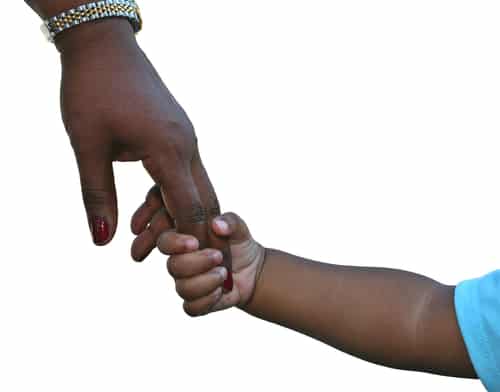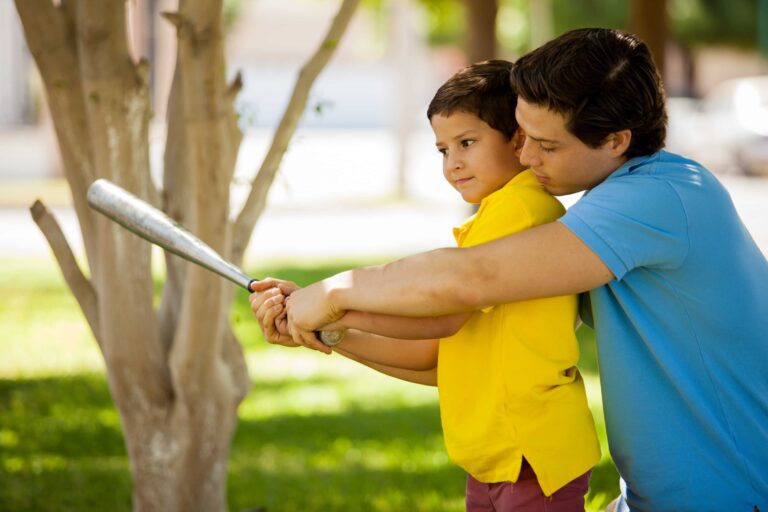I Use Different Parenting Styles For Each Of My Children And For Good Reason
 Different children call for different parenting styles.
Different children call for different parenting styles.
Scenario 1:
Child rubs eyes and shows signs of drowsiness. Child is obviously sleepy. Mother puts baby down in crib for nap. Child screams head off for as many minutes as mother can take it before rescuing child from crib. Mother nurses baby to sleep, holding child for entirety of nap.
Scenario 2:
Child rubs eyes and shows signs of drowsiness. Child is obviously sleepy. Mother puts baby down in crib for nap. Child protests for a minute or three, never getting agitated but showing signs of displeasure. Mother waits and listens. Child falls asleep quickly and remains in crib for two hours napping.
What is the difference between each scenario? Depending on your proclivities you might say “weak mom” vs. “strong mom” or “Sears mom vs. Ferber mom” or even just “bad mom” vs. “good mom.” Well I am the mother in both those scenarios and I will tell you the difference: my children.
It was evident that my two children were different from the day they were born. My daughter loves her crib. My son was given a toddler bed as soon as he could walk because he hated his crib so much. My daughter needs a minimum of 12 hours of sleep a night to function well the next day. My son thrives on just nine or 10. These distinctions range from the important (eating and sleeping habits) to the mundane (their eye color).
Subsequently, I have had to learn how to be a different parent to each of them. Each requires freedom and structure in different areas. One is a great eater. I can count on her to tell me when she is hungry and what she wants to eat. My son needs more guidance around mealtimes, choosing instead to play or watch TV without realizing he is hungry until he’s approached meltdown mode. He makes me into a Tiger Mom.
However, the playground is a different scenario. My son is very aware of his surroundings and knows his limits. He can safely run and engage all around the playground with little supervision. My daughter needs frequent reminders that she isn’t seven feet tall, doesn’t have the reach of Kobe Bryant, and cannot yet fly (though I wouldn’t put it past her to figure it out). She makes me into a helicopter mom.
At this age, we are experimenting with how these very different children affect our family dynamic. When a last minute opportunity to visit Toronto came up last month we knew immediately how it would shake out. My son stayed home with his aunt, uncle and cousin while my daughter joined us on the trip. I had mixed feelings about taking one and not the other, but the fact is my son hates surprises. If he stayed home with family he knows well, his daily routine would suffer no more than a slight adjustment. If he came with us, everything familiar would have been yanked out from underneath him. I know it will be a struggle to introduce him to new experiences as he gets older, but at three years old we are not ready to push him out of his comfort zone with dramatic and temporary changes.
My daughter, on the other hand, was born a great travel companion. She sleeps when she is tired, she eats when she is hungry. She loves new experiences and we saw her crave exploration and adventure. At just 18 months old it is tough to envision what her full personality will be, but I foresee personal discipline and perseverance as her struggles.
As you can imagine, my husband and I have different personalities, so it shouldn’t be surprising that our children do as well. Yet when it comes to offspring, some parents often want to assign their differences to something tangible such as gender or birth order, or another circumstance. I’m not refuting that plenty of factors come together to shape a person. But as the mother to my own children, I would simply tell you that they are just different people. Together, they challenge me to be a more present parent.
I still often wonder how can any mother identify with one parenting label. My “label” is a composite of many of these styles, drawing principles to suit the child, the age and the circumstance. Yet some mothers seem to fit themselves into these neat little boxes so they know instantly who they want to talk to at little Johnny’s school function. They know what blogs to read and what online groups to stay away from all based on their singular parenting style and its corresponding label. I suspect, in practice, these mothers might have their own variances as well.
But in my personal experience, I have found that there is nothing one-dimensional about being a mother.
(photo: GSPhotography/ Shutterstock)





